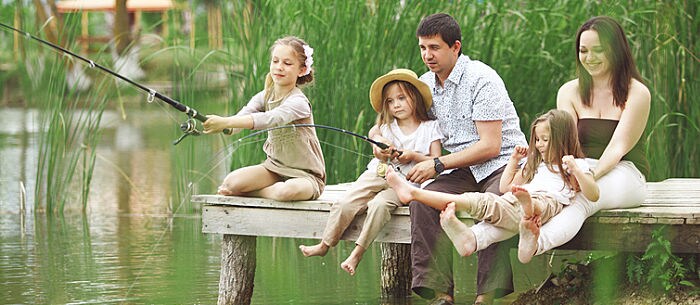You already know that instilling family values is important. But what are they? And how do you teach them — and instill them in kids year round? Responsibility, hard work, helping others and being well-mannered are some of the most common American family values.
Ask your kids what they would add: Are there things a friend does that they admire — and why? Is there a book or quote that resonates? Talk about them, practice them and praise kids when they do them on their own (no prompts!).
Here’s a list of activities to get you started putting all this goodness in motion and building your own family values throughout the year. Clue your nanny into these activities as she will want to implement them with (and around) the kids as well:
- Hold doors open for strangers at the grocery store and post office.
- Smile and greet everyone you encounter.
- Recycle. Research the policies for your area together. Offer to help neighbors who have trouble getting their bins to the curb.
- Clip coupons and go shopping together, teaching your kids the value of a dollar.
- Create a chore chart together to divvy up family responsibilities.
- Make a gratitude chain. Have each member of the family write something they’re grateful for on a slip of paper. Staple the papers together to make a chain to hang around your dining room.
- Let kids do their homework on their own. When they think it’s their best work, they can bring it to a parent or nanny for review.
- Bake dog or cat treats for your four-legged family members.
- Gather up books, clothes, toys and household items your family no longer uses and donate them to those who can put them to good use.
- Volunteer to read books to animals at a shelter. It’s great for building reading confidence and skills, and it gives a homeless pet some much-needed attention.
- Spend a Saturday morning picking up trash at your local park.
- Encourage kids to donate part of their allowance to a charity of their choice. Research options together based on their interests and passions. Offer to match their contributions and set an example by donating to a charity you feel strongly about as well.
- Prepare dinner for a sick family member, friend or neighbor.
- Participate in canned-food drives and other charitable efforts at school (or in teams, clubs or at church).
- Have household jobs kids are responsible for every day or week — that they don’t get paid for.
- Build bird feeders out of pinecones, peanut butter and birdseed to hang in the trees.
- Plant flowers that attract bees.
- Forget the swear jar. Collect quarters in a jar when anyone in the family has bad manners.
- Make cards for people in the hospital.
- Assemble peanut-butter-and-jelly sandwiches and other snacks for volunteers working on Habitat for Humanity houses.
- Get to know the neighbors. Invite them over for a backyard barbecue.
- Read authors from different countries.
- Role-play how to be a good friend.
- Talk about certain current events you feel your child can understand, empathize with and have opinions on. Create dialogue and respect each other’s opinion, even if it’s different from your own.
- Collect stray carts in the grocery store parking lot.
- Prepare a meal or healthy snack for a homeless shelter.
- Mail letters to military troops away from home.
- Notice when your children are showing family values and mirror it back to them, by saying things like “Sharing your cookie with your sister was generous!”
- Spend an afternoon raking leaves or pulling weeds for someone who can’t do it themselves.
- Encourage your children to use their talents to entertain residents of an elder-care facility.
- Choose at least two nights a week to eat dinner together and talk about your days.
- Create a bedtime ritual in which everyone expresses his or her favorite part of the day.
- Model apologizing and repairing relationships. Coach children through it until they are able to do it on their own.
- Buy extra school supplies for kids who don’t have enough.
- Play “secret sibling.” Encourage kids to secretly perform acts of kindness for their siblings.
- Draw happy pictures and write positive messages in chalk on the sidewalk.
- Send snail mail to people who might need a boost.
These little acts of gratefulness, sharing, thoughtfulness, responsibility and other positive attributes make a big impact on how a child sees the world. How do you plan on teaching your kids? Tell us below!
Rachael Moshman is a mom, blogger, freelance writer and family advocate. She and her daughter once collected 30,000 pairs of socks for foster kids.





